Pokémon Legends Z-A Review - Living The Dream

Reviewed On: Nintendo Switch 2
Also On: Nintendo Switch
Genre: Action role-playing
Publisher: The Pokémon Company, Nintendo
Developer: Game Freak
Release: October 16th, 2025
Rating: E10+
The story of Pokémon Legends: Z-A is set in Lumiose City, where an urban redevelopment plan is underway to shape the city into a place that belongs to both people and Pokémon. After arriving in Lumiose, players will befriend a Pokémon that will become their first partner Pokémon—Chikorita, Tepig, or Totodile—thus beginning their journey as a Pokémon Trainer.
While major spoilers will not be revealed during this review, some photos may contain plot elements that are best avoided if you want a clean slate heading in!
Pokémon Legends: Z-A released on Thursday, October 16th, meaning that it's been out in the wild for a little over a week — about 9 days.
In that short amount of time, I have managed to clock in a playtime of 51 hours and 31 minutes.
At the time of this writing, I have completed most of the content that the game has to offer. I still need to complete a little over 500 trainer battles to get my shiny charm, and there are still 21 colorful screws hiding around the city that I need to find in order to claim my super Canari plush — but my point is that I simply cannot stop playing this game.
Looking Back: Pokémon Legends Arceus
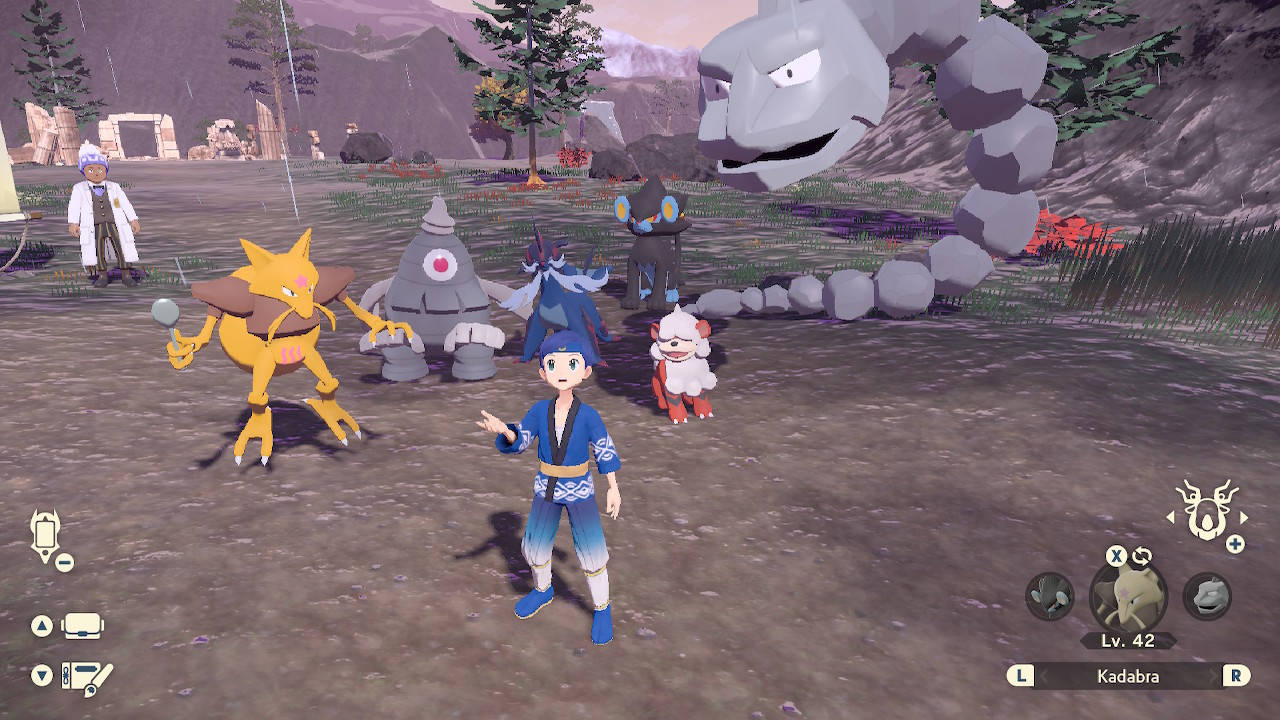
To back up just a bit, Pokémon Legends: Arceus released on January 28th, 2022, and was the first title in the newer “Legends” line of titles in the Pokémon universe.
The game mixed up the traditional formula of the franchise by introducing a more open-world setting in the Hisui region (a very early era of the Sinnoh region from the Pokémon Diamond and Pearl games) where Pokémon roam the wilderness and often attack the player directly but can also be caught just by tossing ancient Poké Balls at them.
The story of this game was very interesting, and the fresh gameplay led to me experiencing an invigorating obsession to “catch ’em all!” that I hadn’t felt since the early 2000s.
Over the years, I had lost interest in the games. Not the franchise as a whole — I still enjoyed buying cards once in a while and looking at art of Pokémon, even going as far as getting tattoos of Wartortle, Jigglypuff, and Raichu over the years — but the games had an all-too-familiar pattern of me picking the game up, playing for 3–5 hours, losing interest, and forgetting all about them.
To be blunt, Pokémon Legends: Arceus is truly why I care about Pokémon again.
My love for that game led to me giving Pokémon Scarlet a shot, and even though it fell into the same pattern of me playing for about 5 hours then setting it down for an entire year, I did end up coming back to that game and clocking in a whopping 160 hours over the last year — cementing it as likely my all-time favorite Pokémon title.
So to say that I was looking forward to Pokémon Legends: Z-A is putting it mildly, to say the least.
The New Battle System

Like its predecessor, Pokémon Legends: Z-A seeks to mix up the traditional formula by introducing new mechanics — the largest of which is, without a doubt, the new battle system.
In traditional Pokémon games, battling takes place in a turn-based system where each player sends out 1 to 2 Pokémon and selects the move(s) they want to use from a text menu, then watches the battle phase play out.
Pokémon Legends: Arceus changed this formula a little bit by introducing the Agile and Strong style attacks, where you could opt to perform a more powerful attack less often or use weaker attacks more frequently, and you could move your trainer around the battlefield freely during the fight to get a better look at the action. But the basic premise of turn-based gameplay remained: you take a turn, the enemy takes a turn, rinse and repeat.
Pokémon Legends: Z-A ditches this format entirely, instead relying on a system that can best be described as MOBA-like (Multiplayer Online Battle Arena), where the player sends out a Pokémon and engages in a real-time battle by selecting a target with the ZL button and then using one of the four face buttons (Y, X, B, A) to execute a designated move.
The moves have various effects, casting times, and ranges. Some of them even impact the battlefield, such as one move that drops a giant boulder onto the field that must be avoided or destroyed by a trainer, or another that covers the immediate area with balls with jagged spikes that damage the player if they stand in or pass through them.
This new format adds a new element of strategy to the gameplay by forcing the player to think about their placement and range while battling.
This system really starts to shine in the late game when you find yourself facing off against much more formidable opponents, but unfortunately, there does come a point where type advantages and more powerful moves can simply one-hit any Pokémon thrown your way, which leads to most battles following the simple pattern of: send out Pokémon, hold ZL to select target, press X, watch Pokémon faint, rinse, repeat, victory screen.
While this is a bit unfortunate, it isn’t unlike every other Pokémon game where the same difficulty curve — or lack thereof — hits in an either satisfying or disappointing way, depending on what type of gamer you are.
But the framework that is presented here is on the cusp of something truly great. The new system is surprisingly engaging, and while it can be a little overwhelming when you’re first getting started, it becomes second nature pretty quickly and provides a very fun new way to battle that succeeds in its best moments to make you feel like you’re acting out an episode of the Pokémon anime — sometimes even a full multi-episode arc as you watch one of your lesser-used Pokémon become the highlight of the team.
Multiplayer and Mega Evolutions
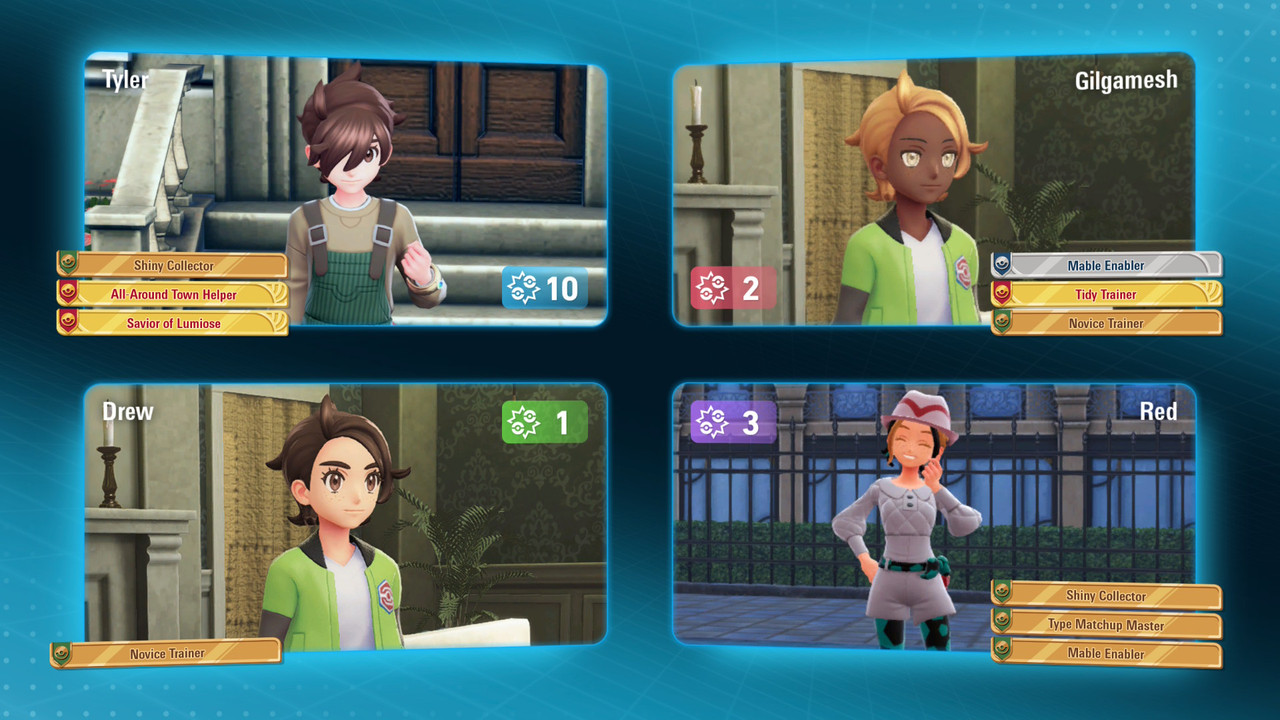
The new battle system shines brightest in the new ranked multiplayer battle mode, where 4 players connect via the internet (or locally!) and drop into a small arena with 3 Pokémon each and just beat the ever-living crap out of each other until the timer runs out — crowning a victor based on whoever managed to get the most KOs, most of which are stolen at the last second by respawning players with more health. But the game does well to award points based on performance in other metrics such as attacking the most players, taking the least damage, staying active in combat, and so forth.
Both the PvE and PvP battles are amplified by the return of the fan-favorite Mega Evolutions.
Mega Evolutions were introduced way back in 2013 with Pokémon X and Pokémon Y on the Nintendo 3DS. These Digimon-style evolutions allow your Pokémon to achieve an even more powerful form in the middle of battle, with the drawback of such power taking a lot of energy to maintain — so the Pokémon will revert back to its original form after the battle, or in the case of Pokémon Legends: Z-A, when the mega energy meter reaches 0 or the Pokémon is knocked out.
Pokémon Legends: Z-A has a total of 63 Mega Evolutions, with many of the original Mega Evolutions from X and Y returning alongside a lot of brand-new ones.
Watching a Pokémon suddenly encase itself in a cocoon of blinding white energy is thrilling when it's on your side of the field, exciting when an NPC activates the transformation for a Pokémon you haven't seen the new form for yet, and terrifying when you're about to knock out another player in an online battle only to witness a third party suddenly activating a 397 lb boar wizard with a fiery bacon staff as your Victreebel is already locked into casting an attack with a long timer, leaving you vulnerable to the inevitable inferno.
The battles are probably the most fundamental part of any Pokémon game, and the new system provides a fresh and exciting take on the format, while the Mega Evolutions further that system by enabling a sort of “ultimate” for each eligible Pokémon — but that's only a small portion of what this game has to offer.
Lumiose: The Living City
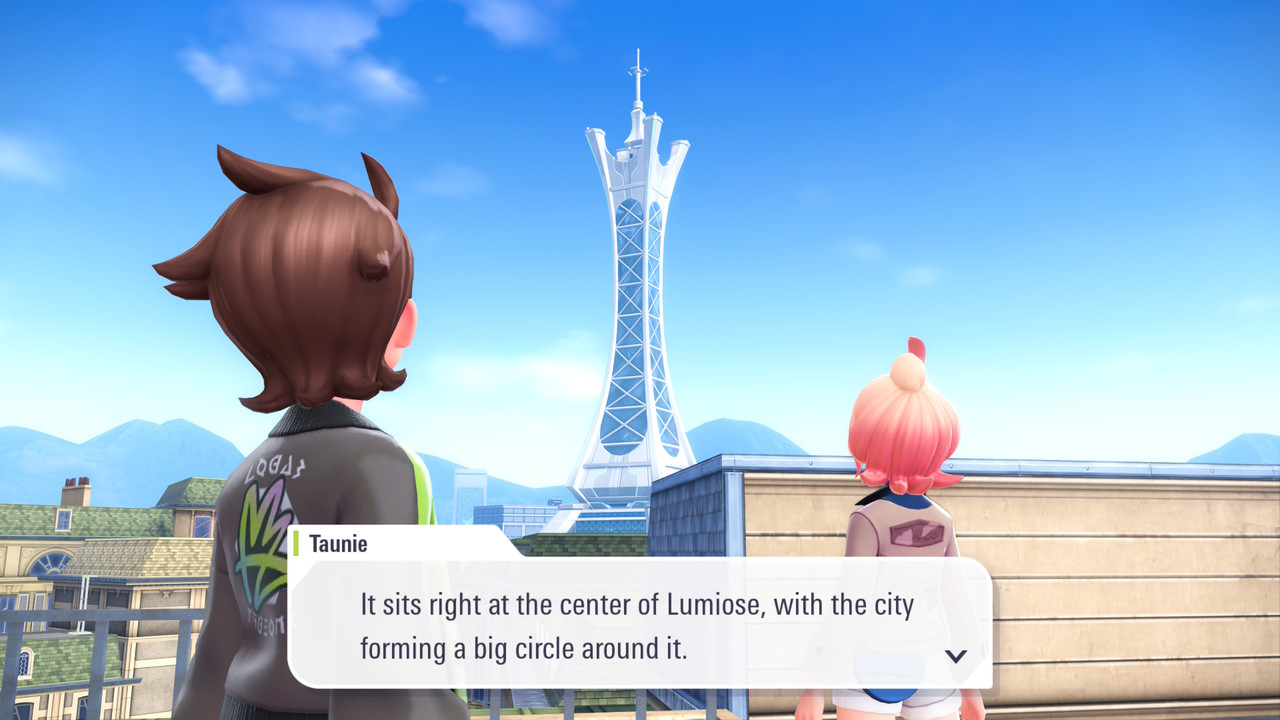
Set in Lumiose City, which is inspired by the real-world capital of France, Paris — complete with the in-game counterpart of the Eiffel Tower, the Prism Tower — this city provides an entirely new setting for a Pokémon title.
Lumiose City first appeared in Pokémon X and Y, just like Mega Evolutions, but the city was a section of the entire map, whereas the entirety of Pokémon Legends: Z-A takes place in the city.
This is made possible by the introduction of “wild zones.” These small, park-like zones have been created as part of a redevelopment plan by Quasartico Inc. after the events of the X and Y titles to help Pokémon and humans live together peacefully in the city.
While not nearly as vast as the wild areas in Pokémon Sword, Shield, Scarlet, Violet, or even the open wilderness in Pokémon Legends: Arceus, these areas serve their purpose quite well by directly integrating Pokémon into the city in a way that feels mostly natural.
Unfortunately, the smaller size and the return of Alpha Pokémon from Pokémon Legends: Arceus — wild Pokémon that are much larger than their normal counterparts and always enraged to attack the player — make these zones feel a little claustrophobic at times and can force the player into battles they were trying to avoid simply based on proximity to the aggressor.
An annoying example of this is when you’re trying to sneak up on a skittish wild Pokémon that will flee if it spots you, only to be interrupted by a massive Abomasnow suddenly hurtling toward you, forcing you to evade or be knocked out — thus giving away your position to your target and making you either fight the wild Alpha or flee and try again.
Despite this inconvenience in some areas, I found the integration of the wild Pokémon into the city to feel very natural, and the parks are very charming. In addition, not all wild Pokémon that can be caught are contained to these areas.
Sometimes you'll be walking down the street outside of a wild zone and see a Pidgey sitting on a lamppost or a Trubbish hanging around some trash cans, and you can battle or catch these guys the same as you would any other Pokémon.
This change makes the city truly feel lived in — in a way that I believe other games like Pokémon Legends: Arceus made progress toward, such as the Chimecho hanging on the porches of homes in Jubilife Village. But this game seems to set the bar much higher and often clears it.
Characters and the Z-A Royale
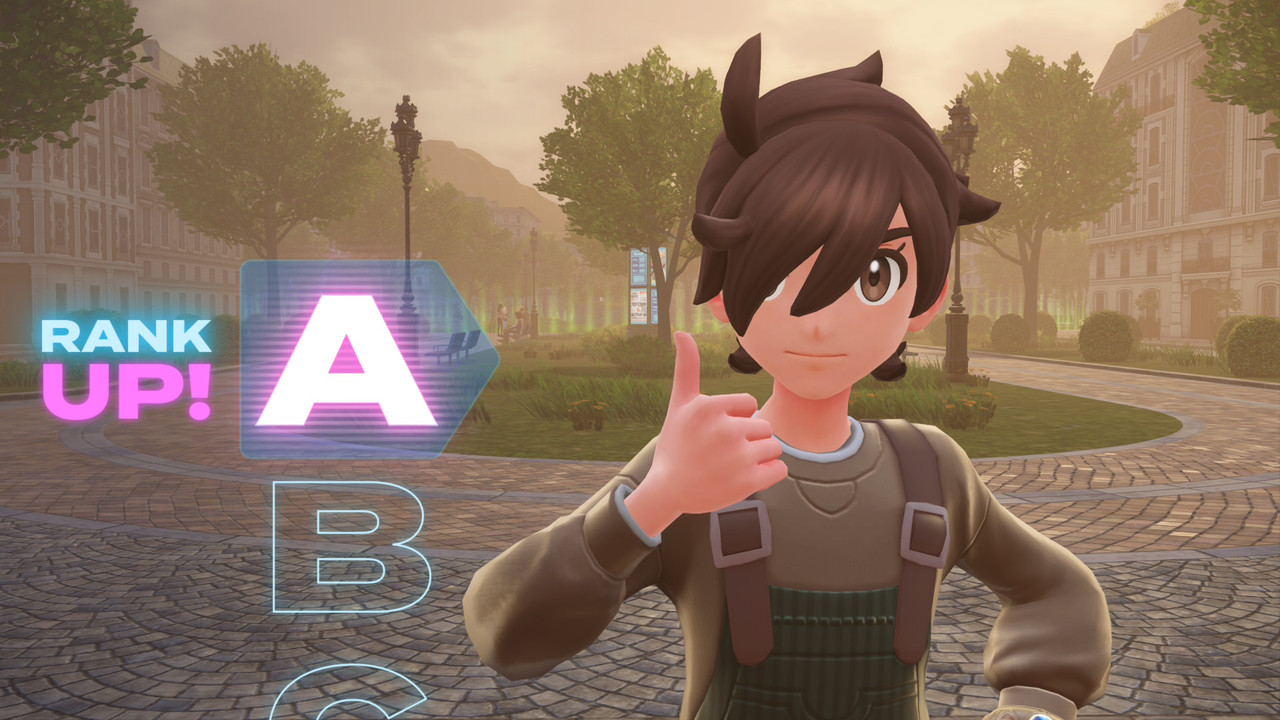
It’s not just the Pokémon who find a new level of believability thanks to the city of Lumiose, but the human characters as well.
While I won’t be diving into any significant spoilers in this review, I would be doing an incredible disservice to the game by not mentioning the characters that inhabit this world with you.
At the start of the game, you arrive in Lumiose City on vacation and pretty much immediately run into either Taunie or Urbain depending on whether you’re playing as male or female in the game.
My experience has been exclusively with Taunie, but based on their presentation, I have to assume that the story plays out in a very similar, if not identical, way regardless of which character you get.
Once you run into Taunie, the game introduces you to the world of Pokémon through a familiar opening in a very exciting and awesome new way, and soon you find yourself joining a team of trainers dedicated to participating in the city’s biggest Pokémon battling craze — the Z-A Royale.
The Z-A Royale is a city-wide Pokémon tournament that takes place after the sun goes down, and red-gated zones known as “battle zones” appear.
In these zones, players explore a limited section of the map to seek out opposing Pokémon trainers to battle and defeat in order to earn “ticket points.”
Once a trainer gets enough ticket points, they will unlock a “Challenger’s Ticket,” which allows them to participate in a promotion match, where they battle against a slightly stronger trainer than those in the battle zone in order to increase their Z-A Royale rank — from the lowest rank of Z all the way to the highest rank of A.
The title suddenly makes sense, huh?
This new feature serves not only as a new way to implement the series’ core battles into the gameplay loop, but also further mixes things up by encouraging stealth and strategy.
If you sneak up on a trainer and attack their Pokémon first, you are awarded an immediate follow-up attack without having to wait for any cooldown.
In addition, you can find “bonus cards” around the battle zone that have various challenges on them, like “Knock out your opponent’s Pokémon 5 times without being spotted” or “Use 3 super effective Water-type attacks,” which give you an increased amount of battle points and “prize medals,” which are converted to in-game currency to buy items at shops once day breaks.
The idea of an entire city population experiencing widespread insomnia in order to take part in city-wide brawls every night is exactly the type of thing that I believe could bring the whole world together.
The Z-A Royale mechanic serves as the primary progression method throughout most of the game, with a good chunk of your promotion matches introducing you to new staple characters to the story as you discover more about who they are, what they do, and what their goals or aspirations for Lumiose City are.
It can be a bit difficult to really discuss these characters or any specifics surrounding their arcs without spoilers. So instead, I will simply say that these character designs are some of the best in the franchise, and I really clicked with most of them — Corbeau, Philippe, and the Rust Syndicate in general are easily my favorites.
Side Quests and Story Themes

The city is also filled to the brim with side quests as you advance through the game. A lot of them unfortunately fall into the same structure of “Battle my ‘x’ Pokémon with your ‘x’ Pokémon!” or “Everyone knows ‘x strategy’ is the best! Battle me to feel my ‘x strategy’!” However, a decent amount of them offer fun, humorous, heartfelt, or even scary story beats that make it worth pursuing each of them to see what comes next.
Minor spoiler, but the whole cult of Starmie has been my favorite so far.
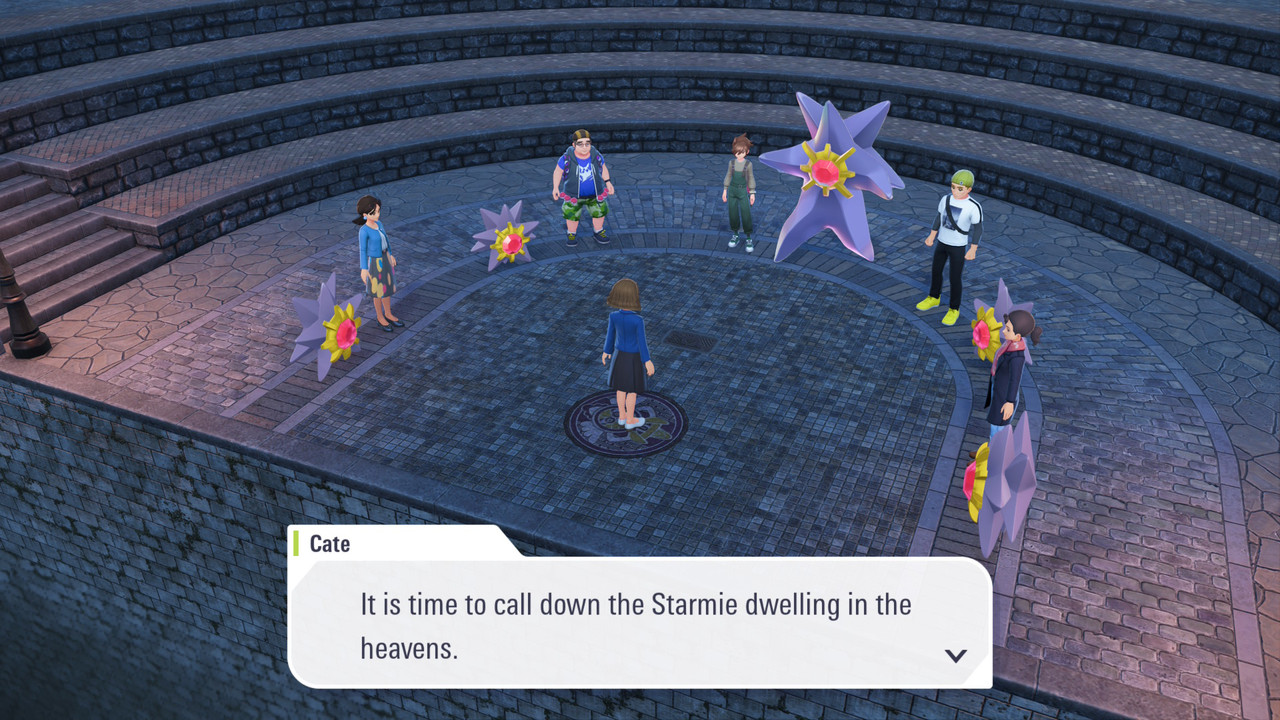
On the topic of story beats, this game also walks a fine line on the content of its quests, with a few exploring much more adult themes than I anticipated from Pokémon. This isn’t a bad thing by any means, and I’m thrilled to see Game Freak growing with their audience — I really hope they continue to push this further in the next game.
All of these characters and the Pokémon themselves help make Lumiose feel alive. While the city can look very “same-y,” it is thankfully packed full of stuff to do, and I often found myself setting a waypoint to go to my next destination only to get distracted on my way there by a new parkour course with a colorful screw, a new Pokémon to catch, mega crystals to destroy and collect, a gold TM hidden behind some brush to be burned away, or a new side quest along the way.
A lot of this may feel like busywork to some players, but to me it serves as the perfect ADHD playground where I feel like there is always something else to do, another box to tick on my checklist, and it prevents the monotony of doing the same thing over and over, leading to me getting bored and putting the game down.
The city also features a handful of “dungeon” locations that provide a few new environments for the player to explore, though they are few and far between.
Final Thoughts
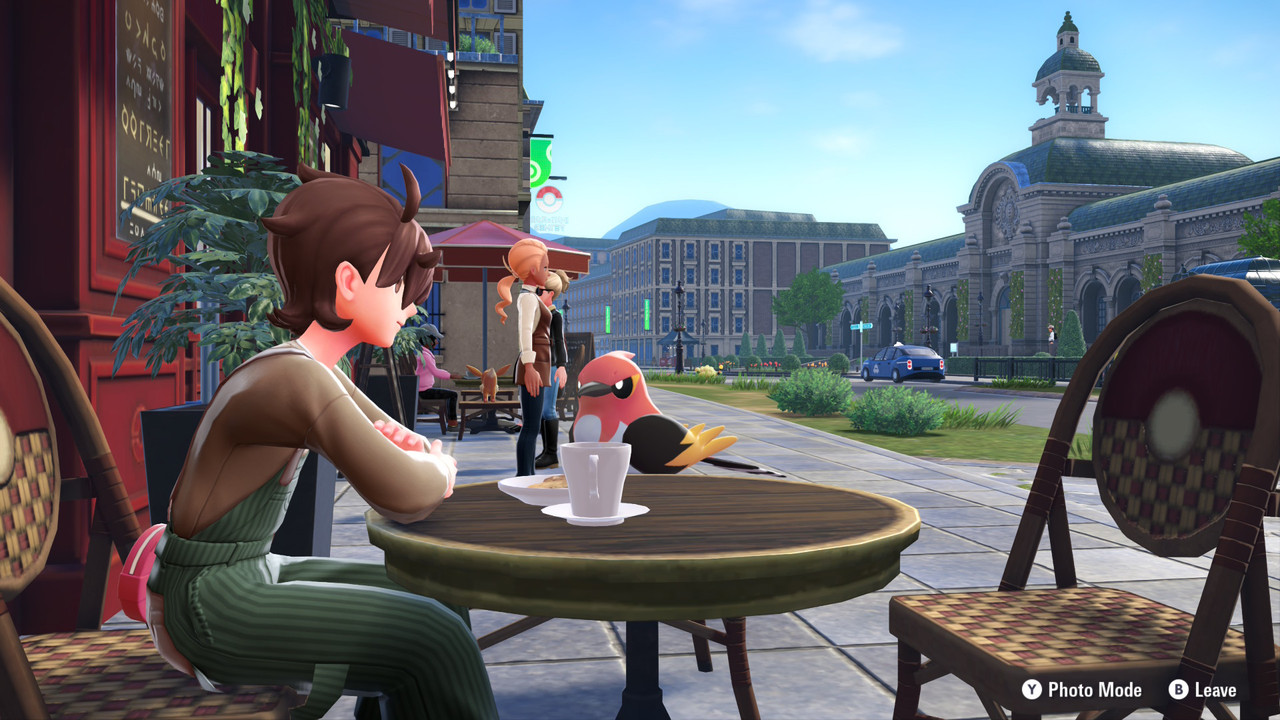
Yes, Pokémon Legends: Z-A could still use some improvements.
The cinematic cutscenes desperately need voice acting, the grind in the endgame for the shiny charm is way too repetitive, there’s no reward for completing the Pokédex, and some more variety in the environment definitely wouldn’t hurt.
But Game Freak has definitely made strides in addressing criticism, and the performance and visuals of this game are a huge step above previous titles. The continued innovation and new ideas for the franchise are an excellent breath of fresh air that the series has desperately needed to recover lapsed fans like myself while still satisfying those who never left in the first place.
All of this culminates in what is, as of the time of this writing, my personal game of the year, and easily one of the best Pokémon games I have ever played.
Pokémon Legends: Z-A continues the trend of innovating the almost 30-year-old franchise.
The new MOBA-like battle system creates an entirely new experience around the core gameplay of the series and manages to make what is old feel new again.
The world is lived in, with the city of Lumiose managing to become a character in and of itself, with a story that centers around folks from all walks of life coming together to protect the city they love.
Making the city streets a collect-a-thon with new Pokémon, activities, and items around every corner — and side quests that often explore funny and emotional themes — manages to scratch an itch that my ADHD brain simply can’t get enough of.
Tack on a chaotic and fun multiplayer mode that literally has me yelling, laughing, and crying at the TV as I play, and the flaws that are present become so minuscule that I can hardly see them.
While this game won’t be for everybody, and I can agree with some common criticisms such as a dire need for voice acting and the postgame grind being a bit too much, Pokémon Legends: Z-A manages to make me feel like I did as a kid playing Pokémon Blue and Gold on my Game Boy and allows me to live out my dream of being a Pokémon trainer in a way that no other title has.
With 51 hours of playtime in just over a week since launch and a constant desire to continue playing, I just can’t get enough — making this, as of the time of this writing, my personal game of the year.